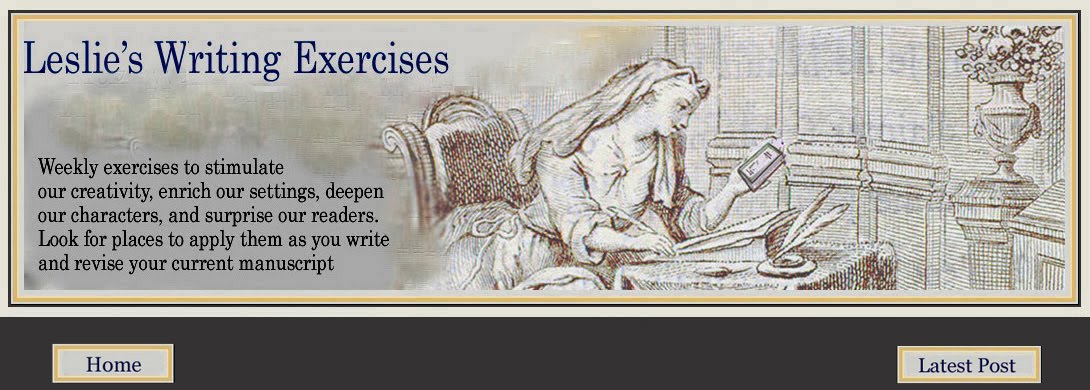***This post is the third in a series of eight. From now through September I'll be posting weekly exercises designed to take our short stories from rough draft to finished "masterpiece"(or as close as we can get ;-) with the help of the late John Gardner and a host of other well-known authors and teachers. Click here for Part I ***
Now that we’ve set the mood of our stories and grounded them in time and place, let’s focus on our main characters for a bit. What motivates your character to behave the way she does? What does she want at the beginning of the story, and how does that desire change by the end? Does your character at least begin to undergo a change by the end of the story?
Now that we’ve set the mood of our stories and grounded them in time and place, let’s focus on our main characters for a bit. What motivates your character to behave the way she does? What does she want at the beginning of the story, and how does that desire change by the end? Does your character at least begin to undergo a change by the end of the story?
Of course, not all protagonists change during the course of a story, but according to Brandi Reissenweber of Gotham Writers’ Workshop, they should at least “possess the ability to change, and the reader should see this potential. Change is particularly important for a story’s main character. Just as the desire of a main character drives the story, the character’s change is often the story’s culmination…. If you don’t create the potential for change, the character will feel predictable and the reader will quickly lose interest.”
Showing character change (and the potential for change) is not simple. Nancy Kress, author of Beginnings, Middles & Ends, devotes twelve pages to character motivation and change, and tells us how to pull it all off in her chapter “Under Development: Your Characters at Midstory.” The first thing we need to do, she says, is to convince the reader that a character is capable of change by “showing him doing it” either through flashback or small parts of scenes that “can foreshadow your character’s ability to become whatever you eventually have him become” (for example: maybe the reader sees through flashback that your character has changed his mind once before). In a short story (as opposed to a novel) you obviously won’t have much time (words?) to accomplish all of that.
Once you’ve shown that a character is capable of change, the next step is to show the character actually changing, and to convince the reader that the change is genuine. This, according to Kress, is accomplished through a pattern of incidents that the character is forced to live through. As Kress says, “…one mention [of your character changing] on page sixty-eight isn’t going to do it.”
Josip Novakovich, author of Writing Fiction: Step by Step says, “When you introduce a character, imagine what her motive is. Setting several characters in motion, with conflicting motives, may give you enough momentum for the whole story. You need not worry about plot as much as about getting several characters together with strong motives at cross-purposes. Let the motives in conflict work until a climax, a showdown, occurs, and from there a conclusion will flow.”
Nancy Kress: Beginnings, Middles & Ends
Josip Novakovich: Writing Fiction: Step by Step
Brandi Reissenweber: Gotham Writers' Workshop: Writing Fiction, the Practical Guide, "Character: Casting Shadows"






